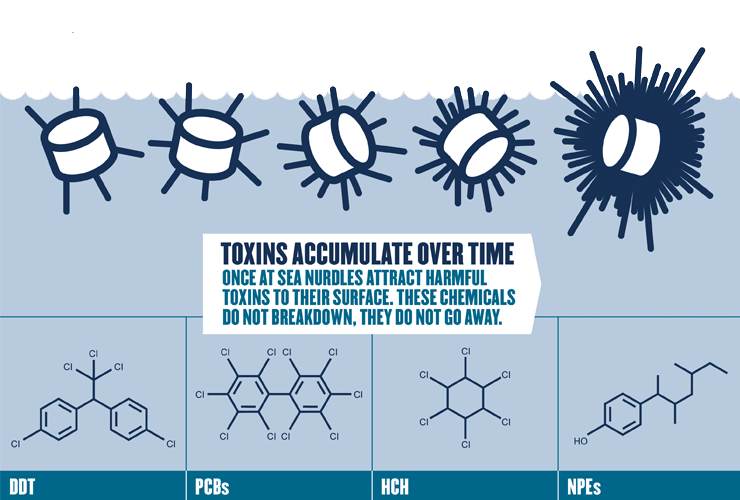The Problem
Nurdles are small plastic pellets about the size of a lentil. Billions are used each year to make nearly all our plastic products but many end up washing up on our shores.
What Are Nurdles?
Nurdles are small plastic pellets about the size of a lentil, that are melted down to make almost all plastic products. Billions of nurdles are used each year to make products, but thousands of tonnes also spill directly into the environment around the world.
About nurdles:
- Lightweight – Blown away easily and into drains
- Small – can fall through drains and holes and tears in containers and packaging
- Float – Easily washed away into drains, into rivers and out to sea, washing up on local beaches and carried by ocean currents
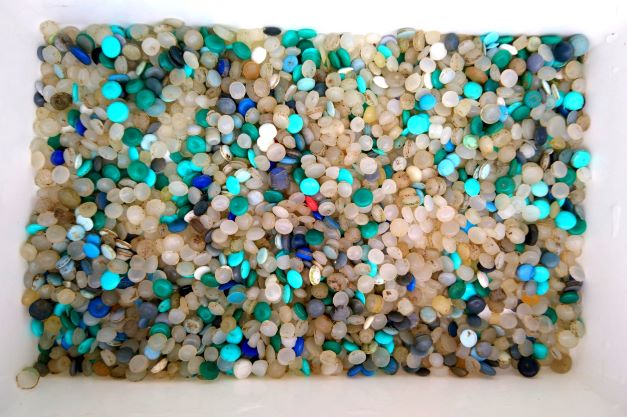
Photo Credit: Extinction Rebellion
How big is the problem?
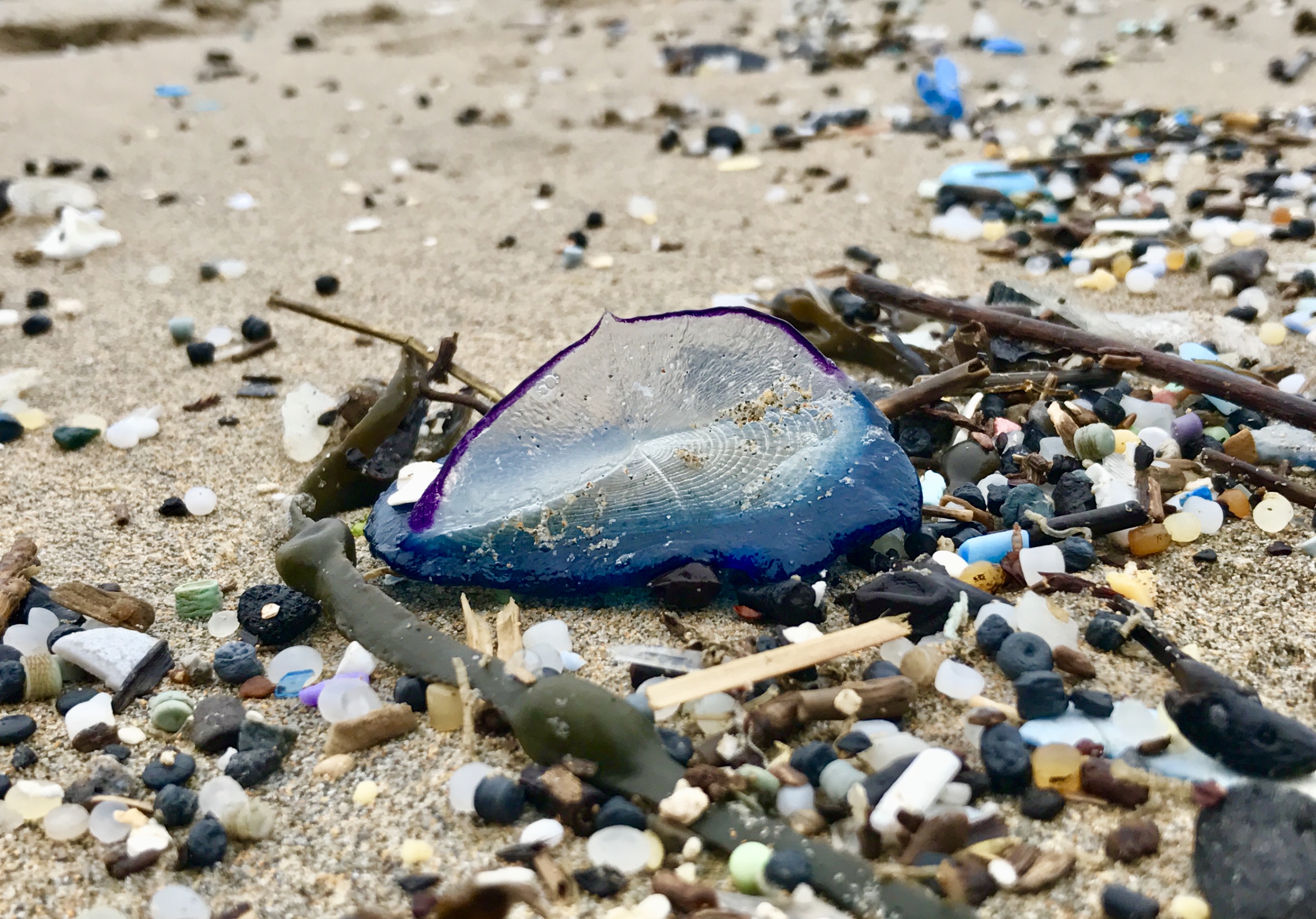
Photo Credit: Tracey Williams / Lego Lost At Sea
Nurdles are the second largest source of primary microplastic pollution globally. Each year an estimated 445,970 tonnes of nurdles enter the environment worldwide. The global scale of the plastic supply chain means almost everywhere can be impacted by nurdles. As the worlds plastic production continues to increase, the number of nurdles produced and spilt will continue to grow unless urgent action is taken.
Where do nurdles come from?
Nurdles can spill into the environment wherever they are handled or transported along the global plastic supply chain. They spill from nurdle production factories, during transport on land and at sea, from plastic manufacturing sites and even plastic recycling sites.
Once in the environment nurdles are extremely difficult to clean up. They can easily be blown or washed into drains and carried out to sea, or spilt directly into the sea from transport ships. Once in the sea, currents can carry the nurdles around the world.
There is no practical way of removing all nurdles from the environment. This is why we need to stop nurdle pollution at its source, before they spill.
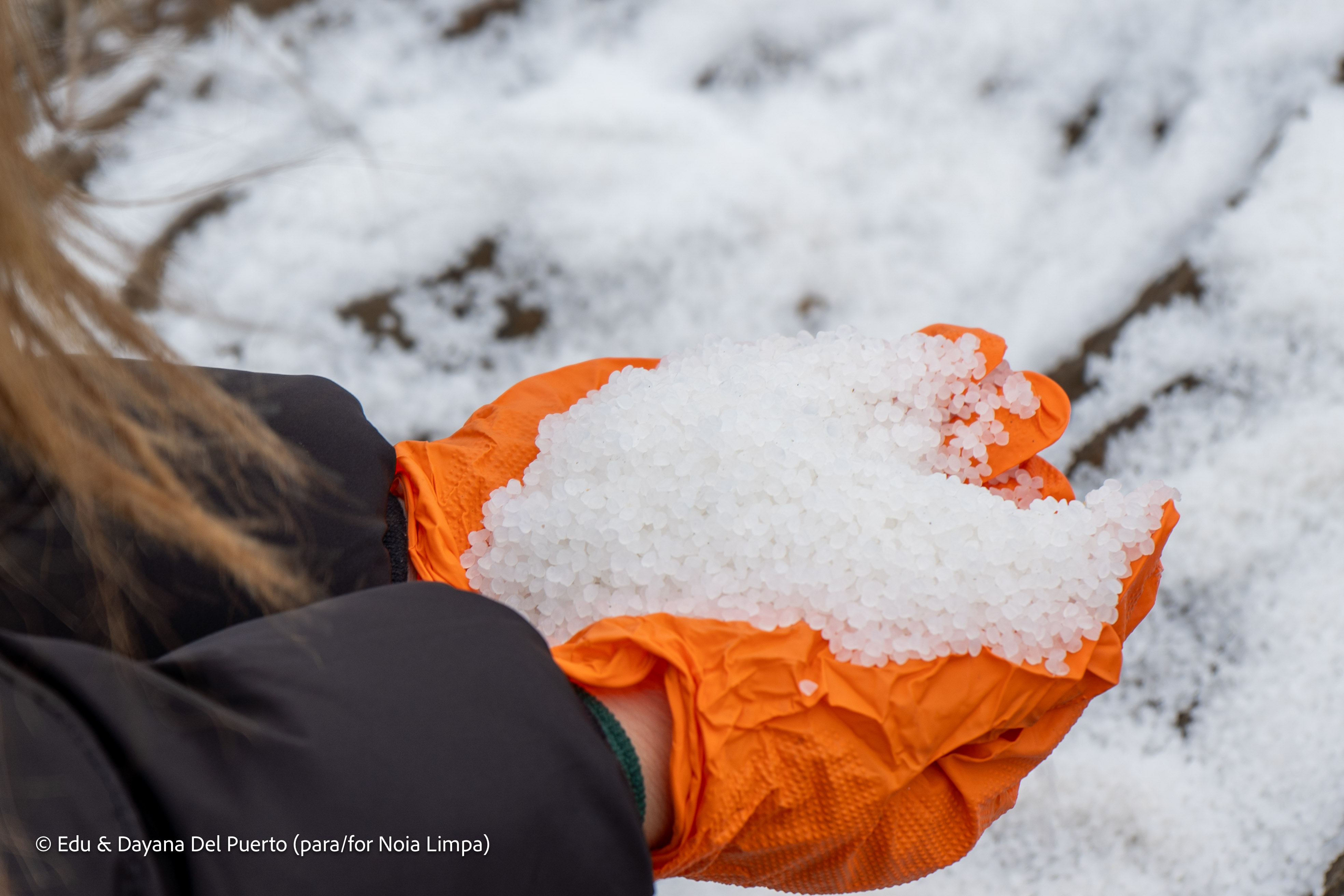
Nurdles lost from container ship Toconao covering a beach in Galicia, Spain, December 2023. Credit: Edu and Dayana Del Puerto for Noia Limpa
Big spill events
The number of big spills of nurdle at sea is increasing. Containers full of nurdles are being lost from ships due to poor storage. Since 2012 there have been 10 major spill events we know of, from Durban to the Mississippi.
In 2021 the MV X-Press Pearl released 1,680 tonnes of nurdles off the coast of Sri Lanka – the single largest nurdle pollution event the world has ever seen, devastating communities and wildlife including dolphins, turtles and fish
This is why many organisations and governments are calling the International Maritime Organisation to set obligations for industry to take responsibility to prevent these large scale pollution events from happening.
This infographic shows the many pathways of nurdles into the environment.
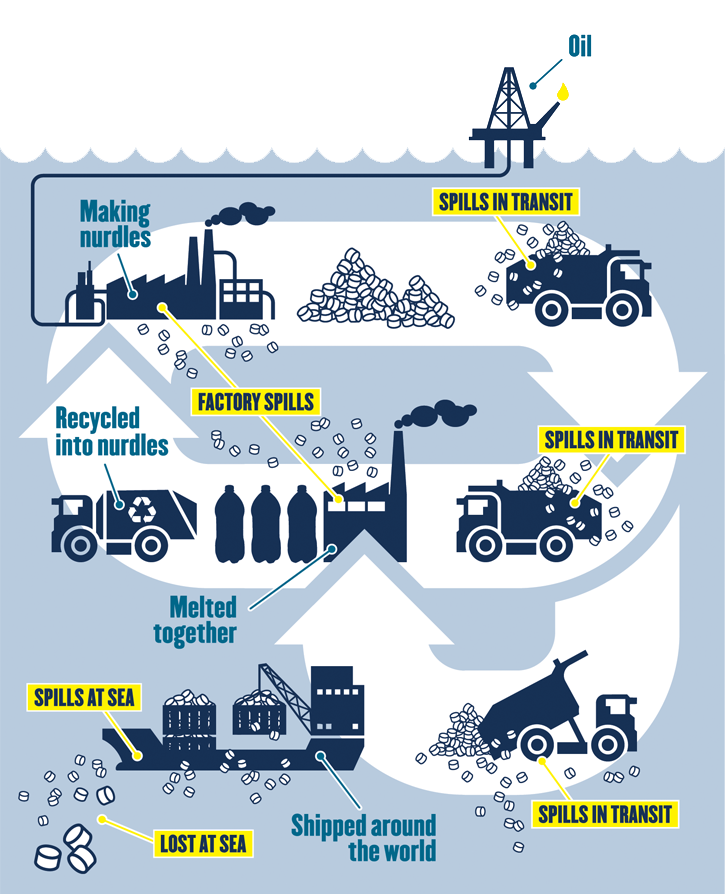
This infographic shows the multiple pathways of nurdles into the environment throughout the nurdle supply chain. Image credit: Fidra
Impacts on Wildlife
The impact of nurdles pollution can be devastating to wildlife. Nurdles can easily be mistaken for food by wildlife Plastic can become trapped in an animal's stomach making them feel full and stopping them eating real food . This can lead to starvation, ulceration, organ damage and even death. Over 700 marine species have been show to ingest plastic debris, with nurdles found in puffins, turtles, fish, urchins and more.
Toxic chemicals can also transfer from microplastic to animals that eat them, causing further harm, and a route for these chemicals to enter the food chain.
Nurdles may also have indirect effects on ecosystems; on the beach, microplastics can change the characteristics of sand, such as its temperature, which can affect animals like sea turtles that incubate their eggs on beaches.
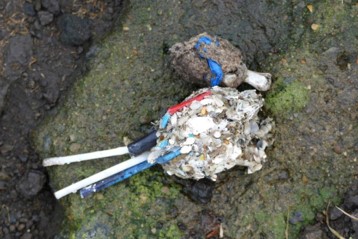
Photo Credit: Maggie Sheddan. Nurdles can be seen in this herring gull pellet (above) found on the island of Inchkeith; an important seabird nesting site in the Firth of Forth, Scotland.
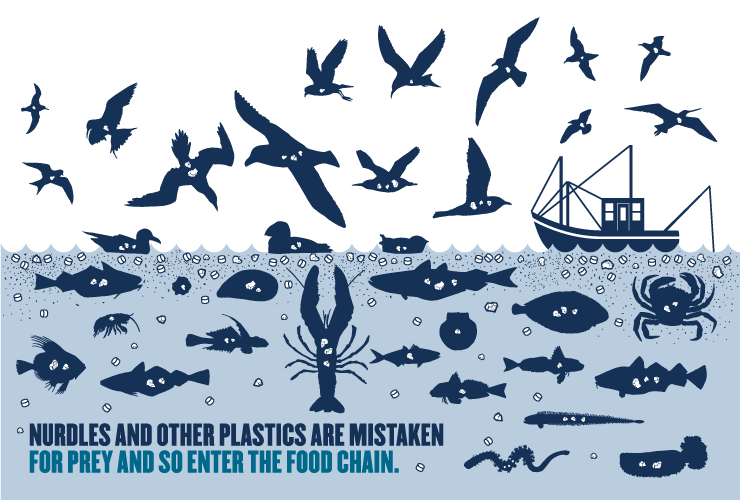
Image credit: Fidra
Microscopic Plastic -MASSIVE PROBLEM
Over time nurdles break up into smaller and smaller plastic fragments due to exposure to UV rays, oxygen, wind and wave action. As the plastic fragments become smaller, more animals further down the food chain may eat them. Once eaten, microscopic shards of plastic enter the animals blood stream and lodge in their tissues. These can then be passed up along the food chain.
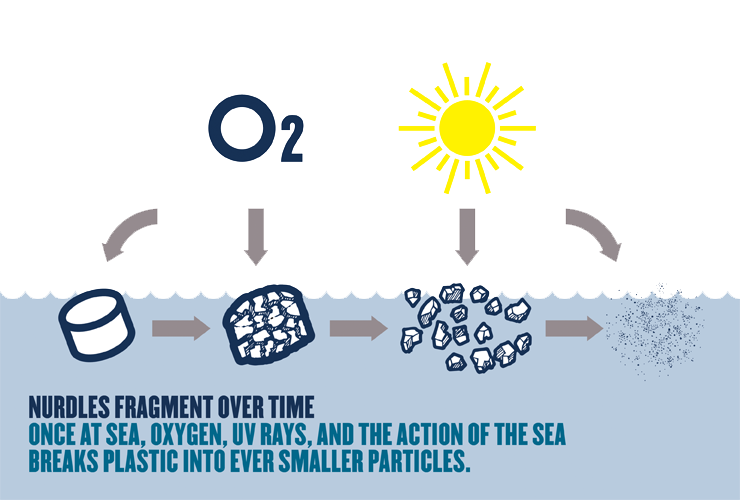
Image Credit: Fidra
A Chemical Cocktail
Nurdles are made from fossil fuels and a cocktail of harmful chemicals these can include phthalates, Bisphenol A (BPA), flame retardants, organotins, heavy metals and PFAS. These toxic chemicals leach out into the environment and can enter the food chain.
Nurdles also attract and concentrate other chemicals in the environment onto their surface, such as Persistent Organic Pollutants (POPs), which includes some of the most toxic chemicals ever produced.
The surface of nurdles provide an environment on which biofilms can form, biofilms are communities of microorganisms and bacteria. These biofilms can harbour pathogens such as Escherichia coli (E.coli) and Vibrio spp.
